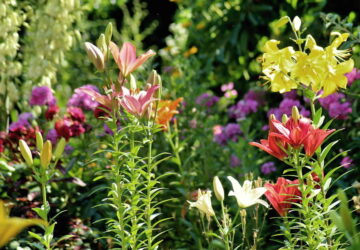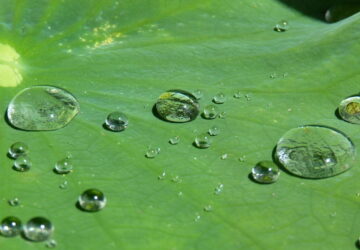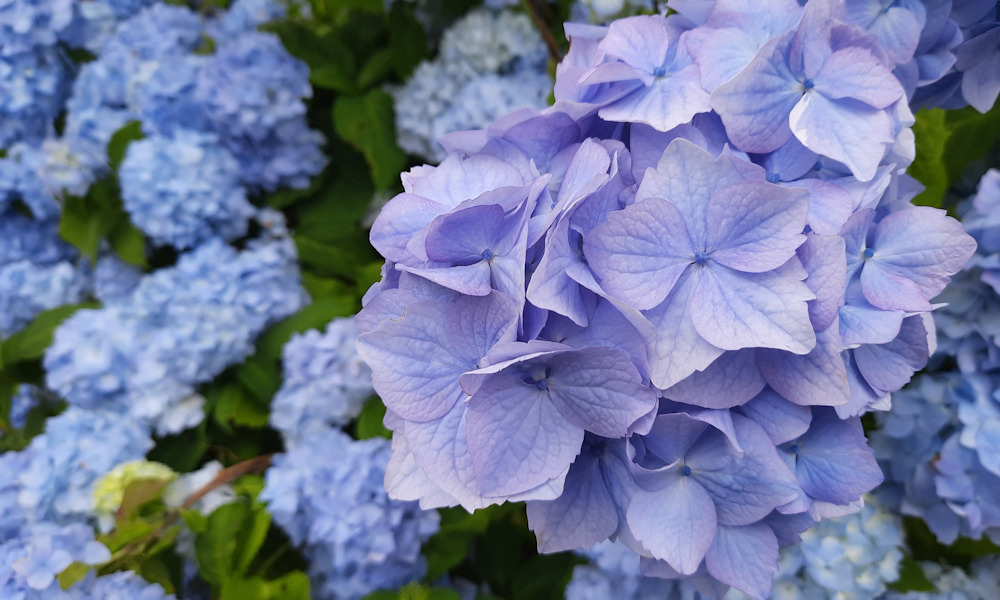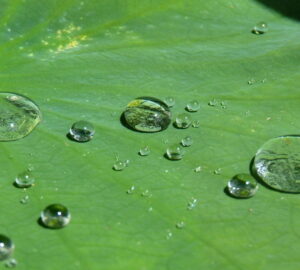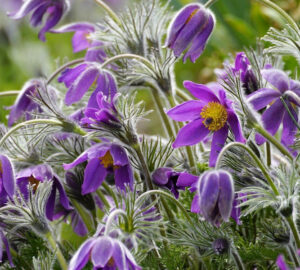There’s something utterly magical about hydrangeas that change color – especially when their soft pink blossoms shift to a striking blue. But how does this transformation happen, and can you really influence it in your own garden? The answer is yes – if you’re willing to get a little hands-on with your soil.
Discover the secret to transforming your garden into a sea of stunning blue blossoms!
It All Starts with pH
Hydrangeas are among the rare plants whose flower color can be directly influenced by soil pH. Specifically, Hydrangea macrophylla (bigleaf hydrangeas), including mophead and lacecap varieties, have the unique ability to produce either pink or blue flowers depending on the acidity or alkalinity of the soil.
- Acidic soil (pH 5.2–5.5) = Blue flowers
- Alkaline or neutral soil (pH 6.0 and above) = Pink flowers
So, to paint your garden in shades of blue, the key is to lower the pH of the soil and make aluminum more available to the plant.

Step One: Check Your Soil
Before reaching for any products, test your soil’s pH with a home test kit or send a sample to a local extension service. If your soil is already somewhat acidic, you might need only minor adjustments.

Proven Methods to Turn Hydrangeas Blue
1. Add Aluminum Sulfate
This is the most effective and commonly recommended way to acidify the soil. Mix 1 tablespoon of aluminum sulfate into a gallon of water and apply it around the base of your hydrangea once every 4–6 weeks during the growing season (spring to mid-summer). Water thoroughly afterward to prevent root burn.
Important: Always follow the dosage instructions carefully – too much can damage roots.
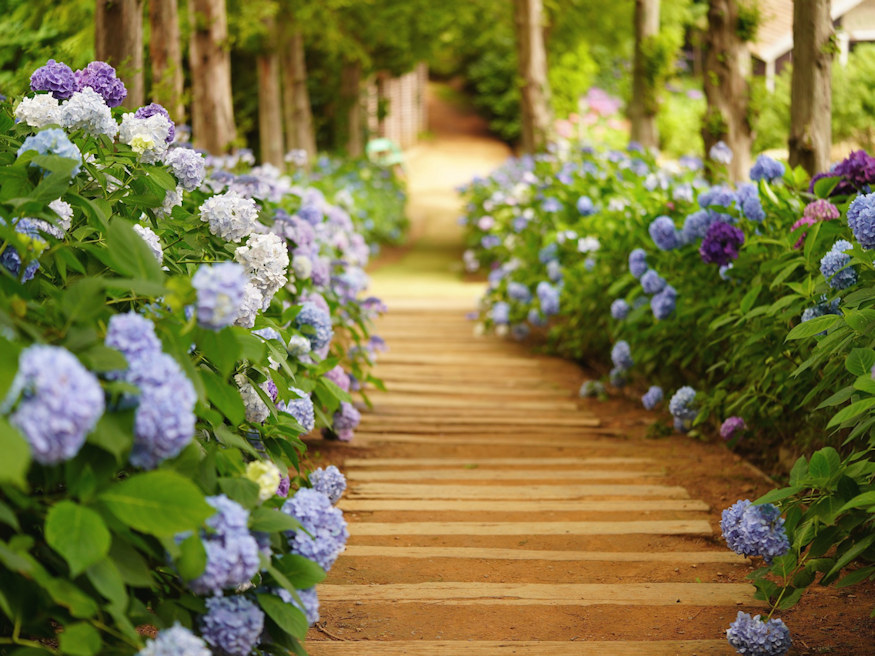
2. Use Acidifying Fertilizers
Choose fertilizers labeled for acid-loving plants (like azaleas or rhododendrons). Look for ingredients such as ammonium sulfate, urea, or sulfur-coated urea, which gently nudge the soil pH downward while feeding your plant.

3. Incorporate Organic Acids (like Coffee Grounds)
Used coffee grounds, pine needles, or composted oak leaves can help lower soil pH over time. While not as quick or precise as chemical methods, they’re a natural and eco-friendly way to support blue blooms – and your compost bin will thank you!
4. Water with Rainwater
Tap water is often slightly alkaline, especially if it’s hard water. Rainwater, on the other hand, tends to be more acidic and can help maintain lower soil pH levels. Collect it in a barrel or bucket and use it for regular watering.
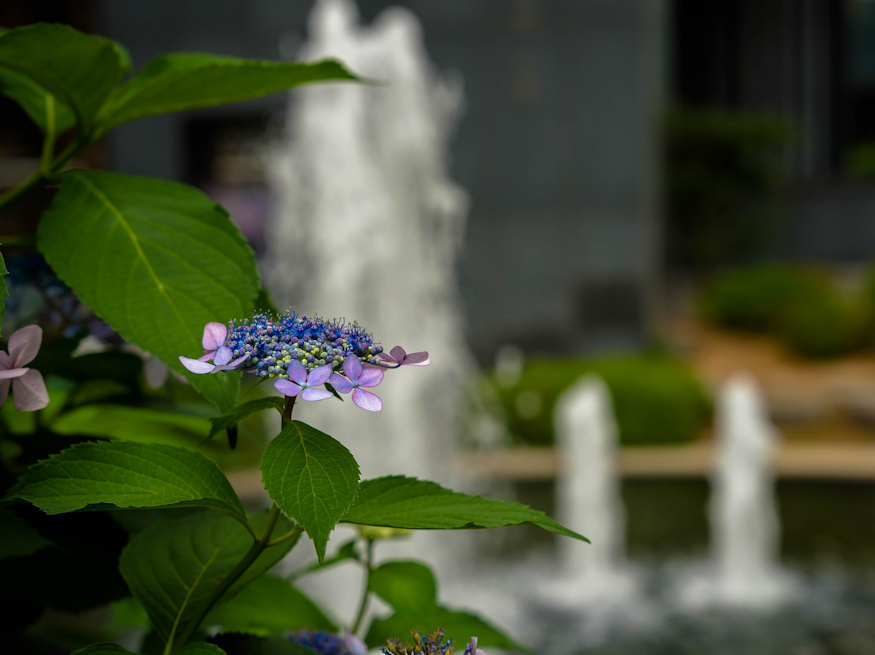
Not All Hydrangeas Will Cooperate
No matter how perfect your soil is, not every hydrangea will turn blue. Genetics play a major role. White varieties like Hydrangea arborescens ‘Annabelle’ or Hydrangea paniculata types will stay white, no matter what you do. Only varieties with blue or pink potential – like Hydrangea macrophylla – are pH-sensitive.
Tip: If you’re planting new hydrangeas and want guaranteed blue blooms, start with varieties known for their color-changing abilities, such as ‘Nikko Blue’, ‘Endless Summer’, or ‘Blue Heaven’.

Final Thought
Color-shifting hydrangeas are like living mood rings for your garden. With a bit of knowledge and care, you can sway nature’s brush and fill your landscape with rich, romantic blues. Just don’t forget – like all good things in gardening, it takes patience, observation, and a little experimentation.
